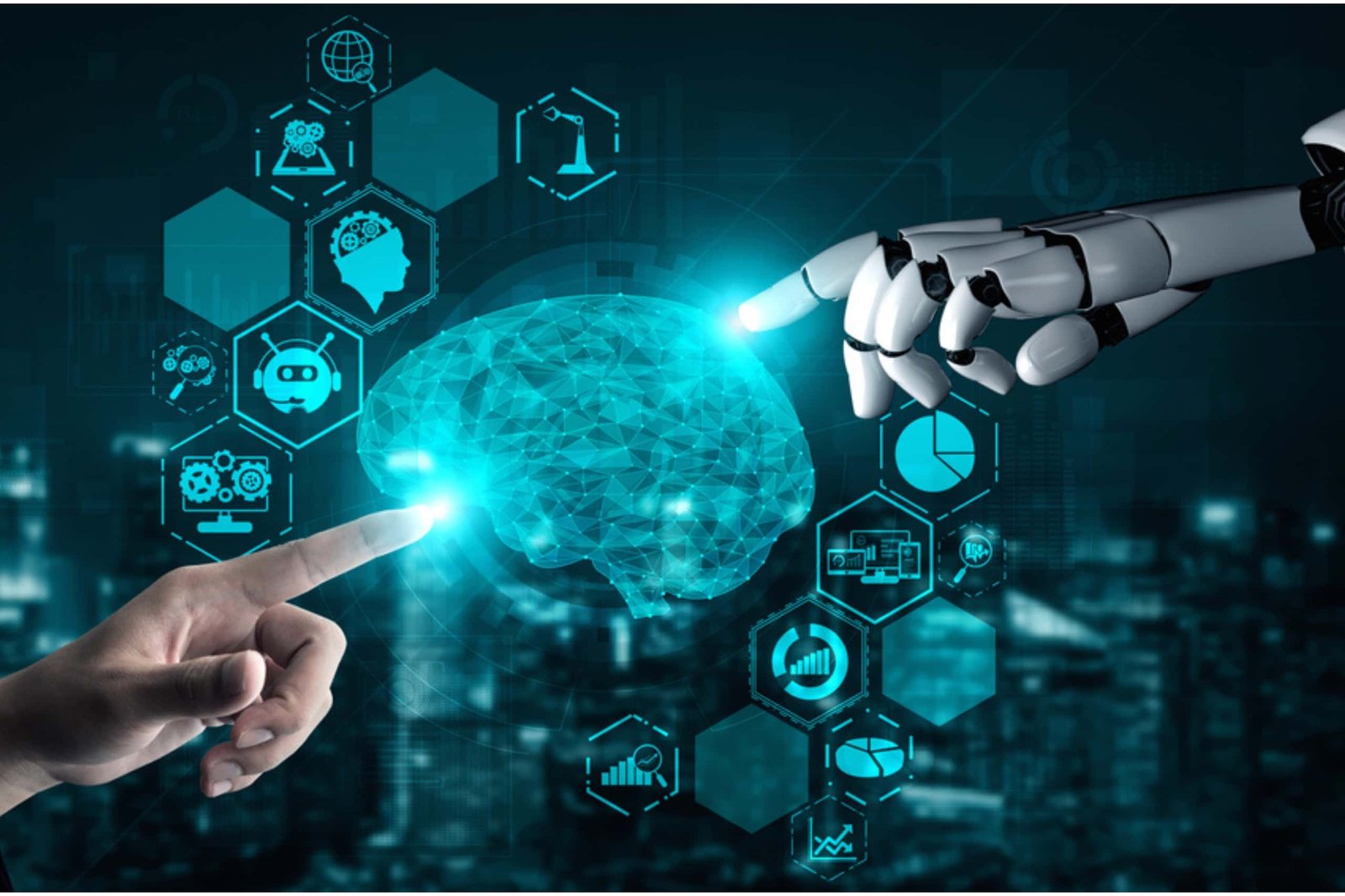Technological advancements have enabled businesses to optimise their business operations quite efficiently. With these developments, extraction and analysing of data have become easier while various techniques in data extraction have emerged. Data Mining is one of the techniques in Data Science utilised for extracting and analyzing data. On the other hand, the advent of Data Science has led businesses to discover algorithms for improving data experience. Data Mining and Machine Learning are essential components of Data Science that influence each other. While Data Mining uses Machine Learning to predict results, machine learning uses its ability to learn from different datasets. The following blog covers the differences between Data Mining vs Machine Learning providing minute details on both the concepts:
What is Data Mining?
Data mining is the process of extracting valuable insights or patterns from large sets of data. It involves analysing data from various perspectives, summarising it into useful information, and discovering relationships and trends. The goal of data mining is to find actionable insights that can be useful to improve business decision-making, optimise operations, or gain a competitive advantage. Data mining is feasible for various applications, including customer relationship management, fraud detection, market basket analysis, and predictive modelling.
Benefits of Data Mining
There are several benefits of Data Mining which are as follows:
- Improved Decision-Making: Businesses can use Data Mining to analyse large data sets that help organisations make better and faster decisions. The decisions can focus on the insights and patterns using Data Mining processes.
- Cost-effective: Data Mining helps companies identify inefficiencies and helps identify areas for implementation of improvements by reducing costs.
- Increase Productivity and Profitability: Companies can utilise Data Mining processes to streamline different activities and make operational adjustments. It helps organisations to experience higher productivity and profitability.
- Risk Management: Leveraging Data Mining techniques, organizations can identify potential risks like detection of fraud or credit risks quickly. Data Scientists use Data Mining to build predictive models and ensure product safety.
Application of Data Mining
Businesses have been utilising Data Mining as a tool to improve competitive advantage. Accordingly, companies in different industries have been using Data Mining vehemently. The application of Data Mining in various sectors are as follows:
Banking Sector: Data Mining helps banks and financial institutions with credit ratings, detecting fraudulent activities, analysing customer financial data and purchasing transactions. Additionally, it helps in better understanding customers’ online habits and preferences.
Healthcare: Data Mining helps doctors diagnose diseases more accurately by aligning patients’ medical history, test results, treatments and medications. It helps further in the development of an effective health resource management strategy.
Marketing: Businesses can personalise marketing campaigns by bringing together gender, age, taste, income level, location and spending habits together, using Data Mining.
Retail: Using data that focuses on customer purchase behaviour patterns and determining items that need to be stocked in stores utilises Data Mining processes.
What is Machine Learning?
Machine learning is a part of artificial intelligence that involves developing algorithms and models that enable machines to learn from data. It is widely applicable in various fields, including finance, healthcare, and transportation. It has the potential to transform the way we interact with technology, making it more personalised and efficient.
Benefits of Machine Learning
Machine Learning has various uses, and the benefits of Machine Learning are also immense in the field. These benefits find its mentioned below as follows:
- Identifying trends and patterns: Machine learning models can be trained to make predictions based on historical data, making them useful in forecasting and planning.
- Focus on Automation: Machine learning can free up valuable time and resources for other jobs by automating tasks that require human intervention.
- Improvement in Decision-making: By providing insights and recommendations based on data analysis, machine learning can help businesses make more informed decisions.
- Higher Accuracy: Machine learning algorithms can quickly and accurately analyse large amounts of data, making them valuable. These data further become helpful for fraud detection, recognition of image and speech, and natural language processing.
Application of Machine Learning
Machine Learning is one of the most common technologies, the uses of which are rapidly widening in the market. Significantly, the application of Machine Learning is flourishing across different industries and is applicable as follows:
- Image and speech recognition: Machine learning algorithms can recognise and classify images and speech, which has applications in fields such as facial recognition, object detection, and speech-to-text conversion.
- Natural language processing: Machine learning can process and understand human language, which has applications in fields such as sentiment analysis, chatbots, and language translation.
- Fraud detection: Machine learning can detect fraudulent activities in real time, with applications in financial services, insurance, and e-commerce.
- Predictive analysis: Machine learning can predict when a machine or system is likely to fail, which has applications in fields such as manufacturing, transportation, and energy.
- Personalised recommendations: Machine learning can provide personalised recommendations to users based on their past behaviour. It has applications in e-commerce, entertainment, and social media.
Difference between Data Mining and Machine Learning
Understanding the differences between Data Mining and Machine Learning can focus on different aspects as the following:
Use of Data
- Data Mining focuses on discovering new insights and knowledge from data, while Machine Learning focuses on building models that can make predictions or decisions based on that data.
- Data Mining uses different patterns in data and unravels their strange ways, reducing the costs in decision-making. In contrast, Machine Learning identifies the patterns of data for making predictions.
- Data Mining is typically used for exploratory analysis, while Machine Learning is used for predictive analysis.
Objective
- The primary objective of Data Mining is to extract Data patterns, while machine learning aims to solve complex problems using speech recognition or detecting objects in a live video.
- Data Mining helps comprehend data by gathering valuable insights in much better ways. On the other hand, machine learning focuses on doing everything, mimicking human functions without requiring programming considerations.
Human Intervention
- Data mining requires human intervention at various process stages, including selecting data sources, defining the data mining task, and interpreting the results.
- In contrast, machine learning emphasises automation to a large extent, with algorithms learning from data without human intervention.
Adaptability
- Humans need to understand the data and interpret the patterns after Data Mining can extract data from datasets. Any business problems need to be solved using Data Mining to analyse changes in the company and convey the same to stakeholders.
- Machine Learning contrastingly changes the interpretation of the data depending on the new data and changes prediction.
Wrapping Up!
The above blog post has evaluated the differences between Data Mining vs Machine Learning. Indeed, the processes and tools are essential for business organisations to conduct different functions. However, Data Mining and Machine Learning both work on a massive amount of Data and are a crucial part of Data Science. But the primary objectives of the Data are what makes both the processes differ from one another. You should be aware that you need to be proficient in both techniques to enhance your competency as a Data Scientist. Effectively, you should enrol for a Data Science Course Online which will allow you to learn different techniques from Data Mining to Machine Learning.












